:format(jpeg))
Insect-friendly lighting
Nature conservation begins with the right choice of lightA garden can be more than just a beautiful retreat. It can also be a safe habitat for nocturnal animals such as insects, bats and birds. With the right lighting, you can make an active contribution to protecting our environment without compromising on comfort or atmosphere.
Today, modern LED technology, targeted light control and smart control make it easy to implement a naturally beautiful, safe and sustainable lighting concept in outdoor areas. Whether patio, driveway or garden path: with insect-friendly lighting, you not only create an atmospheric ambience, but also preserve nocturnal biodiversity.
Why insect-friendly lighting is so important
When the sun goes down, the active part of the day begins for many animals - especially insects. But artificial light sources outdoors disrupt their natural rhythm. The increasing light pollution not only disturbs their orientation, but can even lead to their death.
Conventional outdoor lighting is often too bright, has too many blue components and is permanently switched on - with fatal consequences for nocturnal animals such as insects and bats. An insect-friendly evening light that also takes cosiness for people into account can provide security and atmosphere while protecting the environment.
:format(jpeg))
How light affects insects
A brief look at biologyInsects orientate themselves by the natural light of the moon. Artificial light, especially in blue and white colours, disrupts this orientation. This means that insects react primarily to light sources with a high blue component and are attracted to them. Blue light is therefore problematic because it acts like an artificial moon for many insects - they circle around the light source until they are exhausted. Permanently lit outdoor lamps can disrupt natural navigation - causing confusion, abandonment of their habitat or even death.
The solution: Insect-friendly lighting that takes biological behaviour into account.
Features of insect-friendly lighting
)
Warm white light below 3,000 Kelvin contains less blue components and more red components. It is pleasant for humans and gentler on animals.
)
Not every LED is automatically insect-friendly. Look for low colour temperature, targeted light control and dimmable or smart functions.
)
Light control instead of a flood of light: with outdoor ceiling lights and path lights with directed light, you avoid unnecessary scattered radiation and protect nocturnal wildlife.
)
Light only when needed saves energy and reduces the number of insects attracted. Modern outdoor lights with motion detectors and dimming functions are therefore a key to more species protection in the garden.
Insect-friendly light in the garden
Practical tips & product recommendations)
Rely on insect-friendly lights with a directed beam of light instead of lights that shine all round.
)
Solar lights with a twilight sensor only activate after dark.
)
Outdoor lights with motion detectors only activate when needed and do not distract insects with continuous light.
)
Bulbs with a low colour temperature attract insects less and thus protect their natural habitat.
:format(jpeg))
Legal requirements
and recommendations for insect-friendly lightingThe protection of insects and other nocturnal animals has become increasingly important in recent years, including in the legal framework. The effects of artificial lighting on wildlife are well documented by science, which is why the federal, state and local governments are responding: with laws, guidelines and recommendations for more environmentally friendly light use.
In Germany, certain measures to reduce light pollution are now enshrined in law. A key example is the Federal Nature Conservation Act (§ 41a BNatSchG), which expressly stipulates that artificial light sources in outdoor areas must be designed in such a way that they minimise negative effects on animals, plants and their habitats.
In concrete terms, this means:
- Lights must not radiate unnecessarily into natural habitats
- There are time restrictions for lighting in sensitive areas (e.g. nature conservation areas)
- Insect-friendly bulbs and shielded designs are recommended or even mandatory for new installations
In some federal states, there are additional state laws or species protection programmes that set specific requirements for lighting, e.g. for municipalities, businesses and public facilities. Many cities and municipalities have also developed their own communal lighting concepts to control light emissions in public spaces. These regulations not only apply to street lighting, but often also to private and commercial outdoor areas, such as new buildings, car parks or gardens.
In addition to the legal requirements, there are also a number of voluntary standards that are aimed at insect-friendly lighting design. These standards primarily serve as a guide for planners, local authorities and building owners. They show how species-appropriate lighting can be realised in harmony with technology, safety and design freedom.
Anyone planning outdoor lighting today not only has to consider aesthetics and function, but also environmental compatibility. Insect-friendly lighting is an important building block for biodiversity and sustainable habitats and is increasingly becoming a legal obligation.















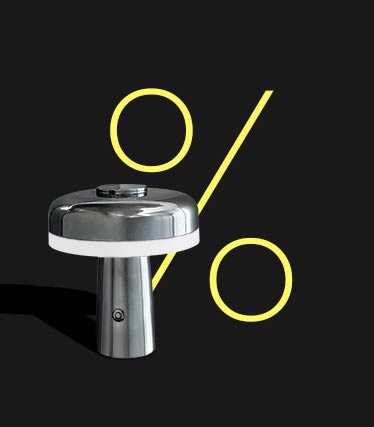

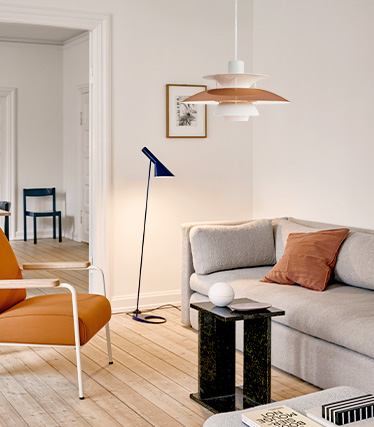

























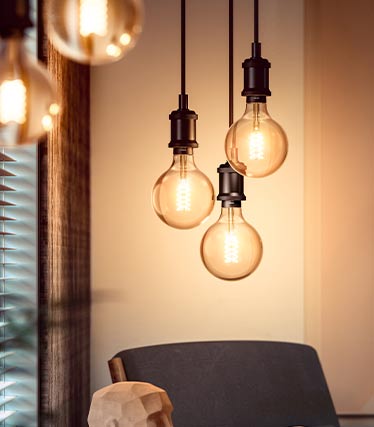














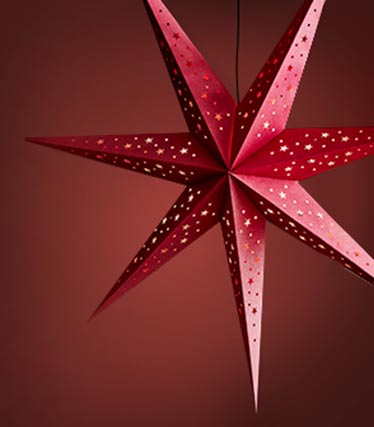

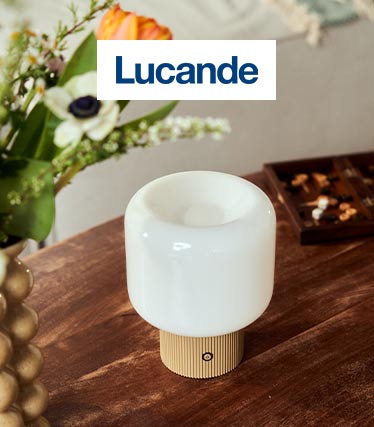



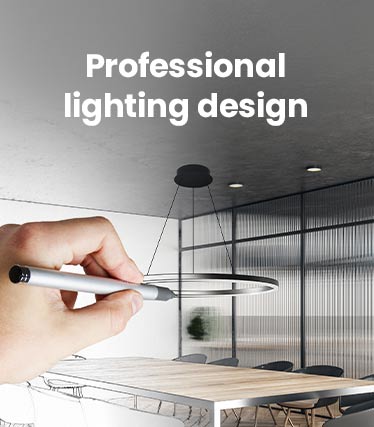





:format(jpeg))
:format(jpeg))
:format(jpeg))
:format(jpeg))
:format(jpeg))
:format(jpeg))